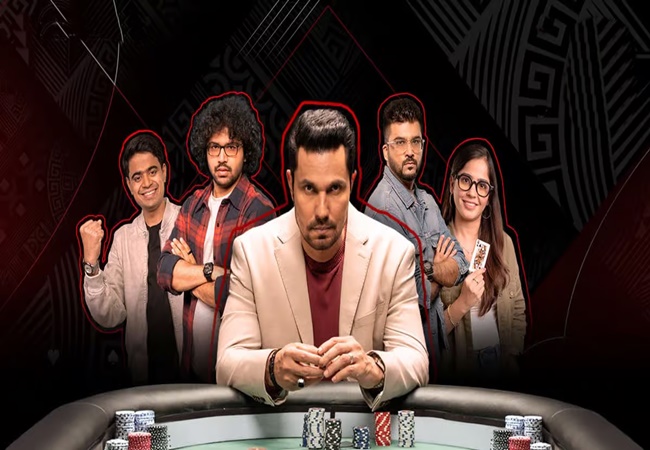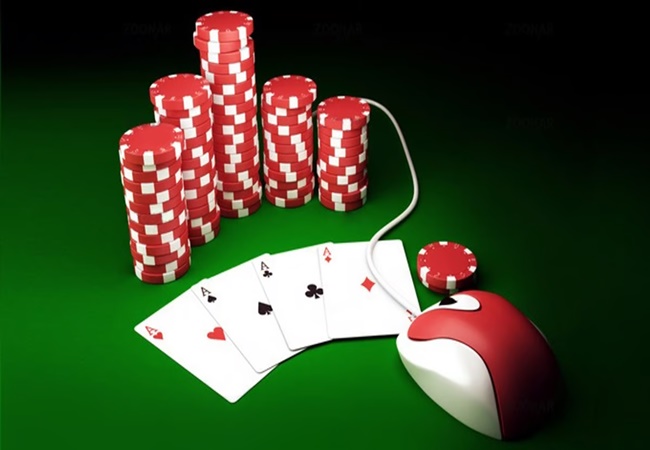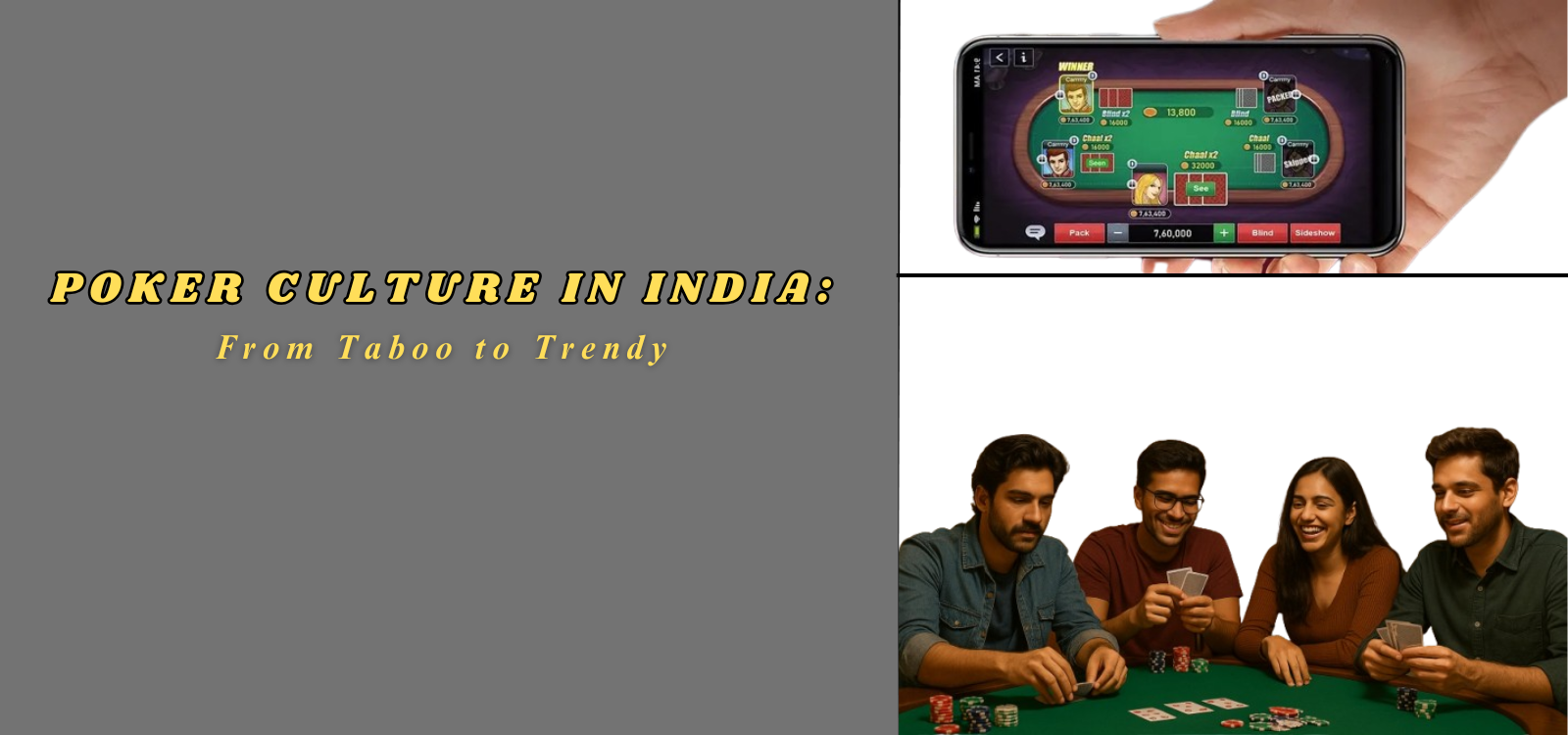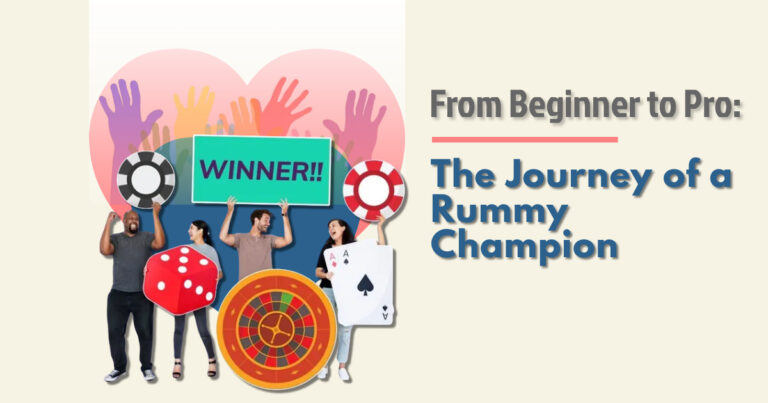Poker Culture in India: From Taboo to Trendy
India, a land rich in tradition and conservatism, has long held a wary view of poker culture and games involving money, especially those perceived as gambling. Among them, poker once stood as a taboo—associated with vice, addiction, and moral decay. However, over the past decade, poker game has steadily undergone a cultural transformation. Today, it is gaining popularity across the country as a game of skill, strategy, and intellect. This shift reflects broader changes in societal attitudes, digital connectivity, legal interpretations, and the aspirations of a younger, tech-savvy generation.

The Historical Stigma Around Gambling
To understand poker’s rise in India, it is crucial to appreciate the historical context. Gambling has traditionally been looked down upon in Indian society. Influenced by religious and cultural teachings, many communities regarded gambling as sinful or dishonorable. The Public Gambling Act of 1867, a colonial-era law still active in many states, further reinforced this view by making most forms of gambling illegal.
Poker, grouped with games of chance like roulette or teen patti (Indian flush), was tarred with the same brush. It was often associated with underground dens, criminal activity, and personal ruin. For years, Indian law did not distinguish between games of chance and games of skill, thus stifling any formal poker culture or ecosystem from emerging.
Rise of Online Poker Platforms
One of the most significant catalysts in poker’s transformation in India has been the internet. Online poker platforms such as Adda52, Spartan Poker, PokerBaazi, and PokerStars India have become household names among the gaming community. These platforms have made poker accessible to millions across the country, from metropolitan hubs to small towns.
Technology has allowed Indians to play poker anytime, anywhere—eliminating the need for physical poker rooms or clubs and reshaping the country’s poker culture. The rise of smartphones, digital wallets, and faster internet has further enabled this growth. Tournaments with guaranteed prize pools, celebrity endorsements, and global affiliations have all contributed to poker’s rising appeal.
Moreover, these platforms have invested heavily in responsible gaming tools, tutorials, and promotional campaigns that focus on skill-building rather than gambling. This educational approach has helped change public perception, portraying poker as a mind sport akin to chess or bridge, and contributing to the growth of a more respected poker culture.
Celebrity Influence and Media Exposure
Celebrity endorsements have played a pivotal role in poker’s rise from obscurity to mainstream popularity. Indian actors like Chris Gayle, Sunil Grover, and Minissha Lamba have lent their faces to poker platforms, helping break stereotypes and attract attention. Tournaments streamed online or on television channels further expose audiences to the sport.
The World Poker Tour (WPT) and Asia Poker Tour (APT) have also held events in India, lending international credibility to the domestic poker scene. Documentaries, reality shows, and YouTube poker vloggers have added glamour and narrative, showcasing poker as a blend of competition, drama, and mental prowess.

Demographic Shift: The New Indian Poker Player
The modern Indian poker player is a reflection of the country’s changing socio-economic landscape and the evolution of its poker culture. Predominantly urban, educated, and between the ages of 20 and 35, today’s players are driven by a mix of curiosity, competitiveness, and a desire for cognitive challenge. Many come from IT, finance, or academic backgrounds and are drawn to poker not just for the monetary rewards but for its intellectual stimulation.
For this generation, a new era begins where poker is less about gambling and more about decision-making, mathematical thinking, and psychology. The game’s parallels with entrepreneurship, investment strategy, and risk management resonate strongly with a generation raised in India’s fast-paced, startup-centric economy.
Additionally, with increased exposure to global media and poker cultures, young Indians are more open to Western pastimes, including poker. Social acceptance has grown as poker nights at home, online tournaments, and college campus games become more common.
The Challenge of Regulation and Responsible Gaming
Despite its growth, the poker industry in India—and the broader poker culture—is not without challenges. The legal environment remains murky, with states like Tamil Nadu, Andhra Pradesh, and Telangana enacting laws to ban online gaming with stakes, including poker. These bans often arise from public outcry over addiction, financial losses, and suicides linked to online gaming.
To address such concerns, responsible gaming initiatives are becoming crucial for the development of a healthy poker culture. Leading platforms now offer features like self-exclusion, betting limits, and helplines. There is also growing pressure on the government to create a central regulatory framework that differentiates between games of skill and chance, ensuring consumer protection while allowing legitimate platforms to operate freely.
A well-regulated environment can help poker continue its evolution while mitigating the risk of misuse or addiction. The central government’s recent push for a Digital India economy may eventually bring more consistency and structure to the online gaming industry, including poker.
The Road Ahead: From Niche to Mainstream
India’s poker journey is still in its early stages. While major strides have been made, the transition from taboo to trendy is ongoing and fragile. Continued advocacy, legal clarity, and mainstream visibility will be essential to secure poker’s place as a legitimate form of skill-based entertainment.
Educational institutions are beginning to explore poker as a tool to teach probability, decision theory, and behavioral psychology, further legitimizing its role in shaping poker culture. There is also growing interest in professionalizing the sport, with structured training programs, coaching academies, and ranking systems coming into play.
As poker integrates further into the cultural fabric, it has the potential to emerge not only as a competitive sport but also as a metaphor for life—where skill, patience, strategy, and the courage to take calculated risks define success.
Conclusion: Poker Culture in India
Poker’s metamorphosis in India, from a stigmatized form of gambling to a respected game of skill, mirrors the country’s larger socio-cultural evolution. Fueled by technology, legal reform, and a generational shift in values, poker is steadily reshaping its identity in the Indian imagination. With responsible regulation and cultural openness, India might not just catch up with the global poker community and its poker culture—but could eventually become one of its leaders.

FAQs about Poker Culture in India
1. Why was poker traditionally seen as taboo in India?
Poker was historically grouped with gambling and games of chance, which were viewed as sinful or dishonorable. The Public Gambling Act of 1867 reinforced this stigma, preventing poker from being recognized as a game of skill.
2. How have online poker platforms changed the perception of poker in India?
Platforms like Adda52, Spartan Poker, and PokerBaazi made poker widely accessible, introduced skill-based tutorials, and promoted responsible gaming—helping shift public opinion from gambling to mind sport.
3. What role do celebrities play in popularizing poker in India?
Endorsements by celebrities and sports icons, along with media coverage of tournaments, have added glamour and legitimacy to poker, breaking old stereotypes and attracting younger audiences.
4. Who are the new generation of Indian poker players?
Most are urban, educated professionals aged 20–35, often from IT, finance, or academic fields, who see poker as a game of strategy, decision-making, and intellectual challenge rather than gambling.
5. What challenges does the poker industry face in India?
Unclear regulations, state-level bans, and concerns about addiction remain major hurdles. Advocates are pushing for a central regulatory framework to balance consumer protection with the industry’s growth.







